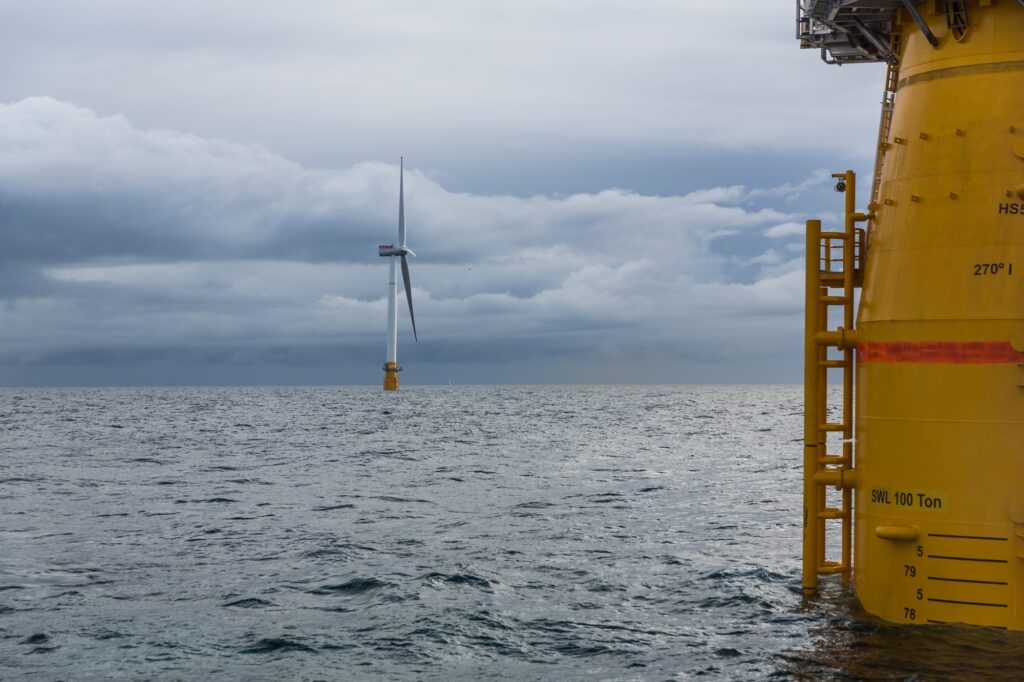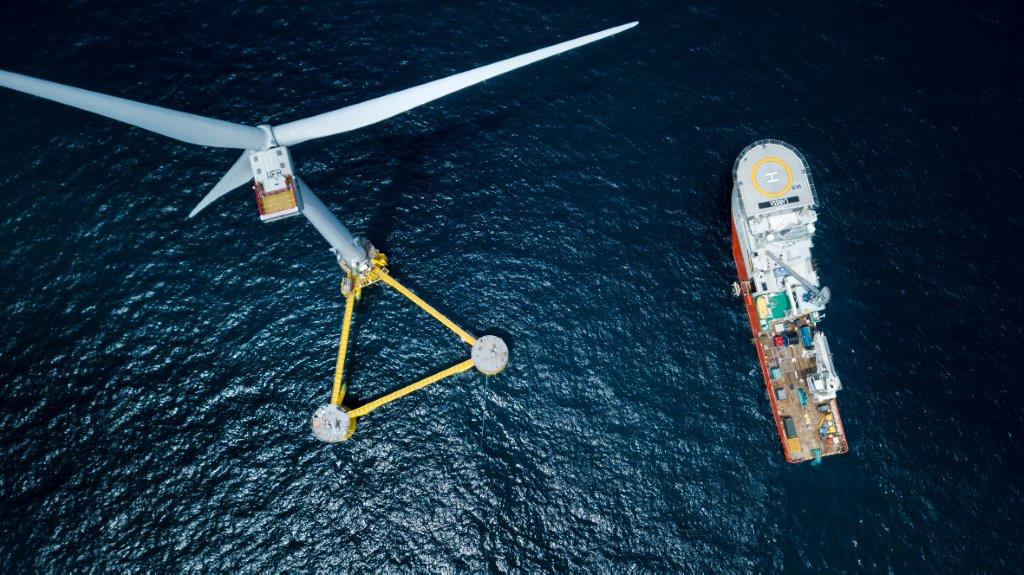As an established maritime industry, commercial fisheries are considered a key stakeholder in the
offshore wind development process. Therefore, in 2021, the Floating Offshore Wind Centre of
Excellence (FOW CoE) launched its FOW and Fishing Interaction Roadmap project which facilitated an
extensive cross-industry engagement process to identify potential interactions between the FOW
and fishing industries. A principal recommendation from the resulting Roadmap was to assess
whether the FOW array layout design process could play a role in facilitating coexistence between
future large scale FOW farms and commercial fisheries.
The FOW CoE therefore subsequently established the Floating Offshore Wind and Fishing Framework
for Coexistence project in order to deliver on this recommendation. Although the primacy of marine
spatial planning is recognised as a key method for managing the requirements of a range of maritime
industries, the objective of this project was to determine the extent to which decisions made during
the design of future large-scale FOW farms, post-lease award, might facilitate potential coexistence
with commercial fisheries. A UK remit was adopted for this work, with a particular focus on the
Scottish North Sea and the Celtic Sea
For the purposes of this project, a flexible understanding was adopted for the term coexistence.
During the project’s cross industry engagements and subsequent analyses, the project team used the
term coexistence to refer to the ability of the FOW and fishing industries to exist and operate
independently within the same general marine space. As such, coexistence (as applied in this report)
refers to a fishing vessel skipper’s ability to operate in the vicinity of a FOW farm, including
potentially within the interior of the array.
The question of coexistence between FOW and fishing is undoubtedly a challenging topic that evokes
a broad range of perspectives across all stakeholder groups. The publication of this coexistence
framework is an attempt to advance the current discussion and identify areas of consensus. It is
hoped that the work undertaken in this project will allow both industries to concentrate their
collaborative efforts on opportunities that have a greater prospect of achieving their shared aims.





